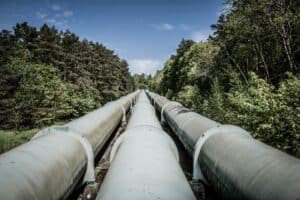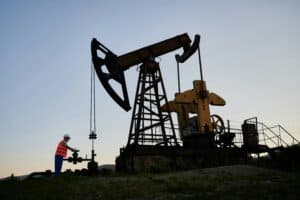Can we manage without pipelines? The simple answer to this oft-asked question is “NO”.
Pipelines are needed to deliver essential energy, and the feedstocks used in many manufacturing processes. Pipelines deliver the transportation fuels that keep us on the move, and are used to deliver cleaner burning energy sources such as hydrogen and natural gas. As long as pipelines play such a crucial role in our everyday lives, they are here to stay.
While Canada’s pipelines account for just over 1 per cent of our country’s total GHG emissions, and operate with a 99.99 per cent safety rate, the industry is working hard to further improve safety and performance, and reduce emissions. Operators use a suite of sophisticated technologies to maintain and monitor their pipelines and, with innovation and ingenuity, are constantly improving their performance.
Technology at work
Pipeline operators have been using sophisticated integrity management technologies for decades, including automatic valves, sensors, inline inspection tools known as pipeline pigs, SCADA (supervisory control and data acquisition) and more. Some of the technologies we have highlighted in recent blog posts include the following:
-
- High fidelity fibre optic sensing for early detection of ground movements that could potentially cause pipeline damage.
- Gas cloud imaging technology for the identification of methane emissions.
- Predictive analysis for early intervention in the case of geohazards.
- Remote 3-D mapping using hardware fitted onto a drone to precisely locate pipelines laterally and horizontally under all types of terrain.
- AI technology adapted to use in weld shacks to provide real-time proximity awareness and terrain hazard notifications to operators of industrial heavy equipment.
MiQrotech, is a recent start-up using artificial intelligence and sensors to envelop pipelines with safety and security systems aimed at identifying and stopping leaks before they occur. Companies like General Electric are developing inspection tools that present 3-D MRI-like models of pipelines that can be evaluated over time.
The ways that new technologies are being developed, and old technologies are being adapted, is helping to ensure that pipelines are constantly moving toward their goal of zero incidents and minimum emissions. Stay tuned as we will continue to explore more of the technologies and innovations used in pipeline safety management on this blog.




